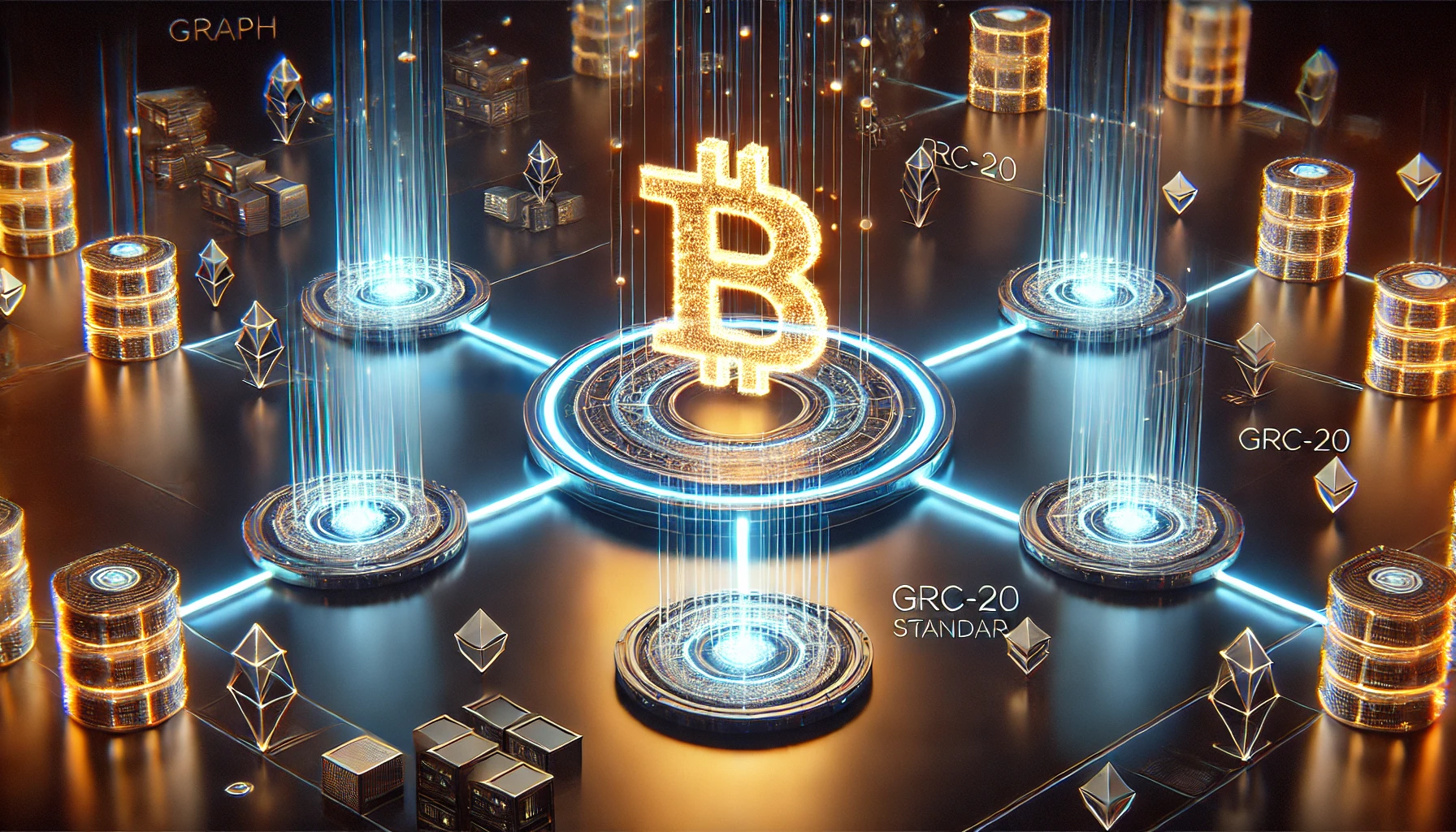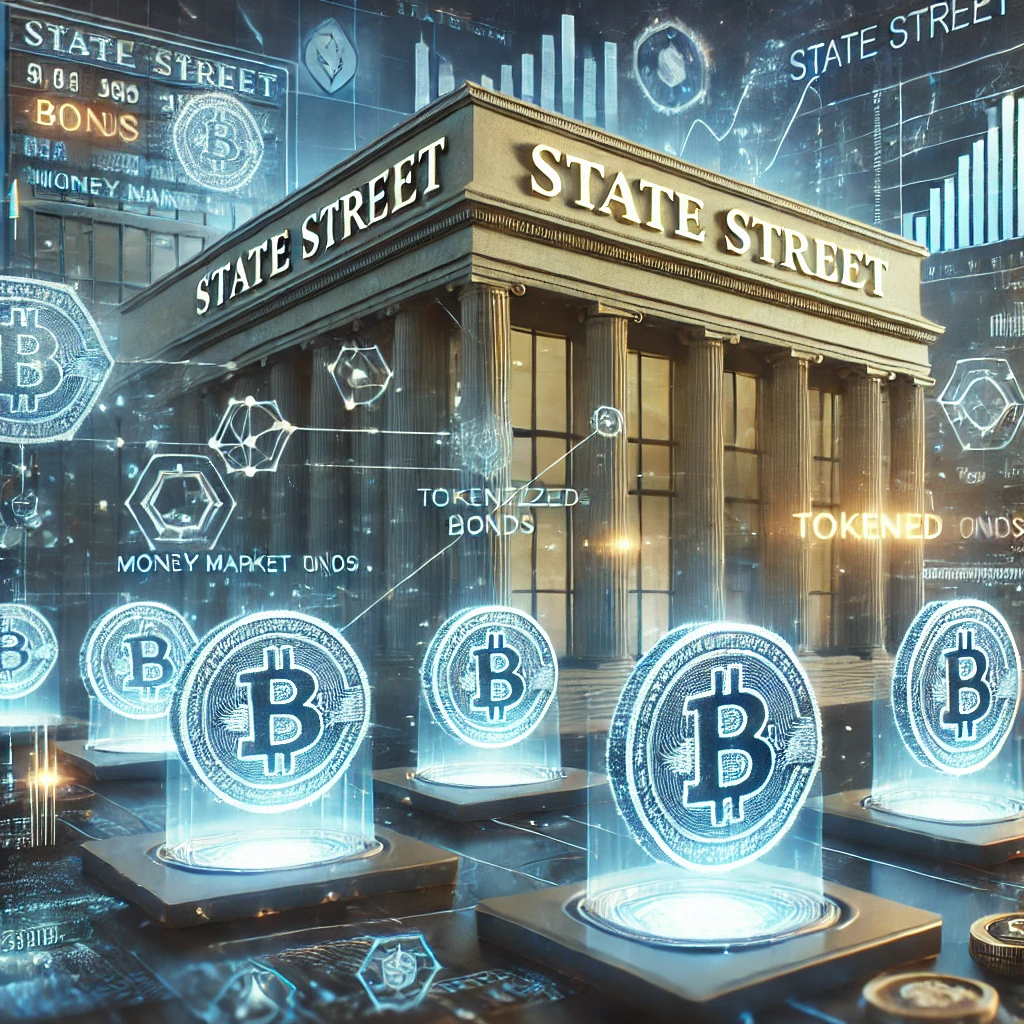The world of Web3 is rapidly evolving, and with it comes the need for enhanced interoperability among decentralized applications (dApps). The Graph, a leading decentralized protocol for querying blockchain data, has taken a significant step forward by introducing the GRC-20 standard. This groundbreaking initiative is set to redefine how blockchain data is standardized, improving the efficiency and compatibility of Web3 ecosystems.
What Is the GRC-20 Standard?
The GRC-20 standard, introduced by The Graph, is designed to provide a unified framework for handling blockchain data. It replaces outdated and fragmented methods with a modern, efficient, and interoperable solution. At its core, GRC-20 enables seamless integration of data across multiple decentralized applications, making it easier for developers to build, scale, and innovate within the Web3 space.
Key Features of GRC-20
- Enhanced Interoperability:
GRC-20 facilitates consistent data structures, allowing dApps from different blockchains to communicate effortlessly. - Streamlined Data Integration:
By standardizing how data is formatted and queried, developers can integrate blockchain data into their applications more efficiently, reducing time and complexity. - Future-Proofing Web3:
The framework lays the foundation for scalable growth, ensuring that Web3 ecosystems remain adaptable as technology and user demands evolve.
Why GRC-20 Matters
Blockchain interoperability has been a persistent challenge, limiting the potential of Web3. Without a standardized approach, data integration often involves custom-built solutions, which are resource-intensive and prone to errors. The GRC-20 standard addresses these pain points by:
- Simplifying Development Processes: Developers no longer need to navigate incompatible data formats.
- Boosting Ecosystem Collaboration: Unified standards promote collaboration and innovation among projects.
- Improving User Experience: Users benefit from smoother interactions with dApps, as data flows seamlessly behind the scenes.
Impact on Web3 Ecosystems
The introduction of GRC-20 is expected to have far-reaching implications:
- For Developers: A common language for blockchain data means faster development cycles and reduced costs.
- For Projects: Interoperability fosters partnerships and integrations, creating richer ecosystems.
- For Users: A cohesive Web3 experience will attract more participants, driving adoption and utility.
The Graph’s Role in Web3
As a protocol that powers the querying of blockchain data, The Graph has consistently been at the forefront of Web3 innovation. With the GRC-20 standard, it solidifies its position as a key player in shaping the future of decentralized technology.
Through initiatives like GRC-20, The Graph is not just solving current challenges but also paving the way for Web3 to realize its full potential. As decentralized applications become more complex and interconnected, such standards will be essential to achieving a truly open and interoperable internet.




